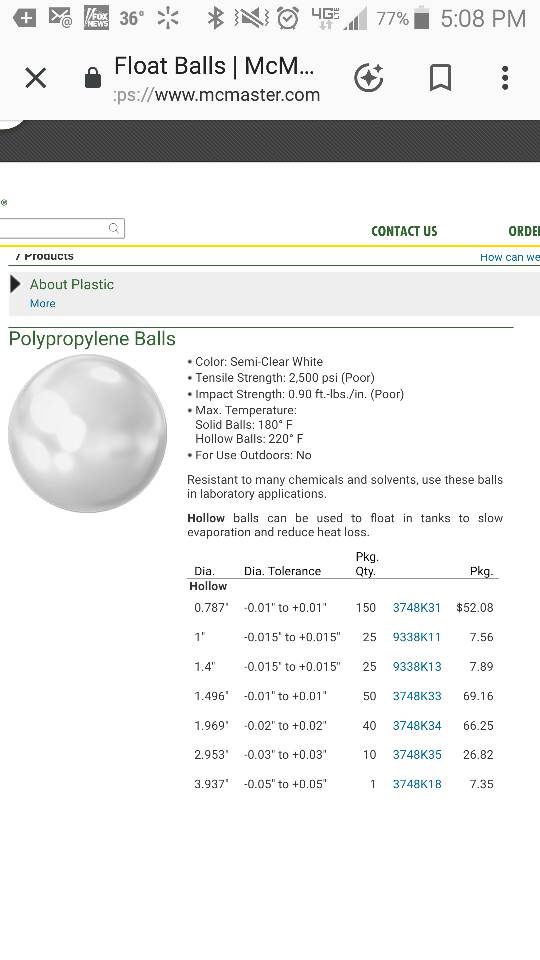Not sure this thread has legs so I'll burn a post here instead of the "epic" thread (which I'm only up to reply #490

)
I am intrigued by oxidation avoidance - on both sides. I've been demonstrably rather OC about the cold side and as I've refined my process and equipment the benefits have been plainly evident - particularly notable in retention of color and prominence of desired characters over time.
The hot side, otoh, I've only done the most obvious of oxidation avoidance techniques, mostly due to other intentions. I've always conditioned my grain before milling (because it makes lautering
so much easier) which also means I mill brew day morning because I'm not looking for a lacto fest. I underlet my mash because it's actually convenient given the design of my rig. I recirculate with a return that rests directly atop the wort because that's how an autosparge works. And the HLT-to-BK transfer is via the recirculation port at the bottom of the BK that was there anyway. Finally, my BS2 equipment profile is set for 11.1% boil-off rate because that's what it worked out to after a few brews and it seemed vigorous enough.
So, clearly not a lot of effort so far.
I plan on making a point on the next batch to pre-boil my strike and sparge liquor, chill quickly before strike, dial my boil down a scoche, and see if I can come up with a mash cap that fits my process (with an autosparge that could be a challenge) and see what happens.
Won't be a Helles though

I'm thinking I need a Saison on tap.
I
might be able to get access to an O2 meter. Need to work on that...
Cheers!


 )
)












































![Craft A Brew - Safale BE-256 Yeast - Fermentis - Belgian Ale Dry Yeast - For Belgian & Strong Ales - Ingredients for Home Brewing - Beer Making Supplies - [3 Pack]](https://m.media-amazon.com/images/I/51bcKEwQmWL._SL500_.jpg)











